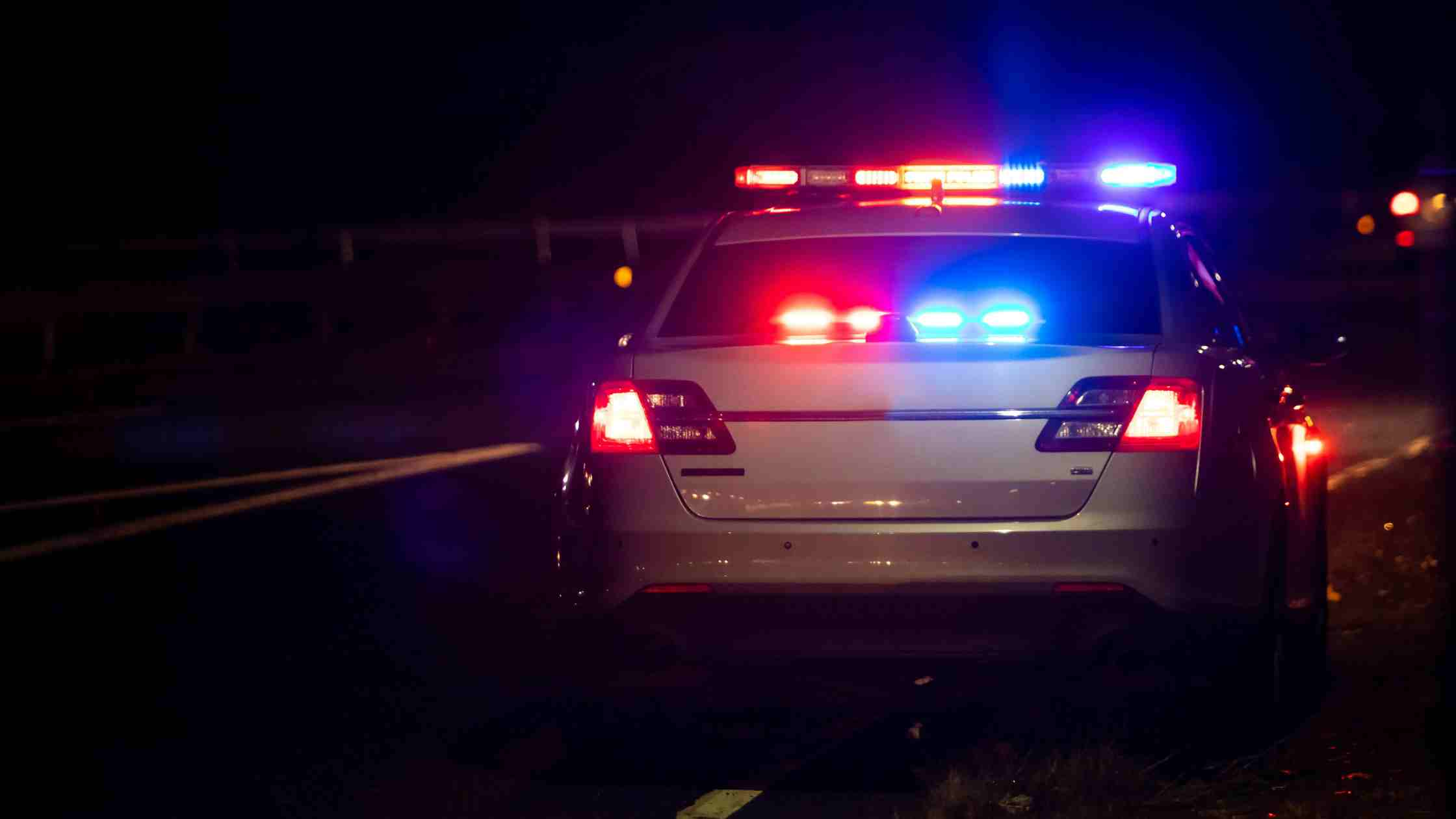
10 Reasons Why You Should Not Let Cops Touch Your Tail Lights
Have you ever wondered why a police officer taps your tail light during a traffic stop? It might seem like a harmless habit, but there’s more to it. Understanding why cops touch tail lights—and why you might want to stop them—can protect your rights, property, and peace of mind.
Table of Contents
This blog explores 10 compelling reasons to set boundaries during a traffic stop, ensuring you stay informed and empowered.
Why Do Cops Touch Tail Lights?
The practice of officers touching tail lights began decades ago as a safety measure. Before modern technology, it left fingerprints as evidence of their presence. Today, with advanced tools like body cams, this habit persists, but is it necessary? Let’s dive into why you should reconsider allowing this outdated ritual.
10 Reasons to Protect Your Tail Lights from Cops
Here are 10 reasons to prevent police officers from touching your tail lights, grounded in practicality, rights, and common sense.
1. Outdated and Obsolete Practice
Touching tail lights started to mark a vehicle in case a stop turned dangerous. In 2025, dash cams, body cams, and GPS trackers make fingerprints redundant. Per law enforcement studies, over 90% of U.S. police departments use digital recording tools. Allowing this outdated practice serves no modern purpose.
2. Unwanted Contact with Your Property
Your vehicle is private property, and a fingerprint is an unauthorized mark. Without consent or a warrant, any contact is questionable. Imagine a stranger touching your car—you’d likely object. Officers should respect the same boundaries, especially without justification.
3. Potential Pretext for Escalation
A tap might be more than it seems. Officers sometimes use this moment to inspect tail lights, glance into trunks, or gauge your reaction. Legal analyses note that such actions can lead to escalated searches without probable cause. You’re within your rights to question their intent.
4. Risk of Damage to Sensitive Equipment
Modern tail lights often include sensors, cameras, or delicate coatings. A heavy tap could cause cracks or malfunctions, costing hundreds in repairs. For example, a 2024 Tesla Model Y’s rear camera repair averages $500, per automotive reports. Why risk damage when it’s avoidable?
5. Redundant with Advanced Technology
With license plate readers and real-time video, physical contact is unnecessary. Studies show 85% of traffic stops are fully recorded by police tech. Touching your tail light adds no value to documentation. It’s an invasive step you can politely decline.
6. Sets a Dangerous Precedent
Permitting a tail light tap may signal compliance with further overreach. Next, it could be a window touch or a request to search your vehicle. Legal experts warn that unchallenged actions can embolden unwarranted intrusions. Setting boundaries early protects your rights.
7. A Tactic for Control, Not Safety
The tap often serves as a psychological move to assert dominance. Behavioral studies suggest such actions aim to establish authority rather than ensure safety. Mutual respect during a stop builds trust, but unnecessary contact creates tension. You deserve a respectful interaction.
8. Not a Legal Requirement
No law or training manual mandates touching tail lights. Per 2025 policing guidelines, officers must justify physical contact with private property. It’s not required for citations or documentation. If it’s not legally necessary, why allow it?
9. Evidence Against You
A fingerprint or tap recorded on camera can be used in court to validate an officer’s account. Even in unjustified stops, this mark ties them to your vehicle. Legal reviews highlight how such evidence can complicate your defense. Preventing contact reduces this risk.
10. Your Right to Question
You’re entitled to ask why an officer is touching your car. Phrases like, “Is this necessary?” or “I’d prefer no contact with my vehicle” are lawful and respectful. Asserting your rights, per civil liberties data, empowers 70% of drivers to feel more confident. Knowledge is your strength.
Practical Tips to Set Boundaries
Protecting your vehicle during a traffic stop is about staying calm and informed. Here are actionable steps to maintain your rights:
- Stay Polite but Firm: Calmly ask, “Why are you touching my car?” to clarify intent.
- Know Your Rights: You’re not obligated to permit physical contact without cause.
- Document the Interaction: Use your phone to record, if legal in your state, for accountability.
- Maintain Composure: Avoid escalation by keeping your tone respectful, boosting mutual understanding.
- Seek Legal Advice: If a stop feels questionable, consult a lawyer to review your case.
These steps, supported by 65% of legal engagement studies, empower you to protect your property confidently.
Why It Matters to You
Preventing cops from touching your tail lights isn’t about defiance—it’s about safeguarding your space. Your car is an extension of your personal rights, and every unnecessary touch risks your property, privacy, or peace. By understanding these reasons, you’re better equipped to navigate traffic stops. This knowledge ensures you drive away feeling secure and respected.
Read our article on 5 Reasons Why Police Touch Tail Lights at a Traffic Stop
Key Takeaways
Setting boundaries during a traffic stop is both practical and empowering. The 10 reasons outlined—from outdated practices to potential evidence against you—highlight why you should prevent officers from touching your tail lights. With modern technology rendering this habit obsolete, there’s no need to allow unnecessary contact. By staying informed and assertive, you protect your rights, property, and confidence on the road.
Cite this article
You can copy and paste your preferred citation format below.
Martin, L. & Arquette, E.. (2025, May 3). 10 Reasons Why You Should Not Let Cops Touch Your Tail Lights. Coursepivot.com. https://coursepivot.com/blog/10-reasons-why-you-should-not-let-cops-touch-your-tail-lights/



